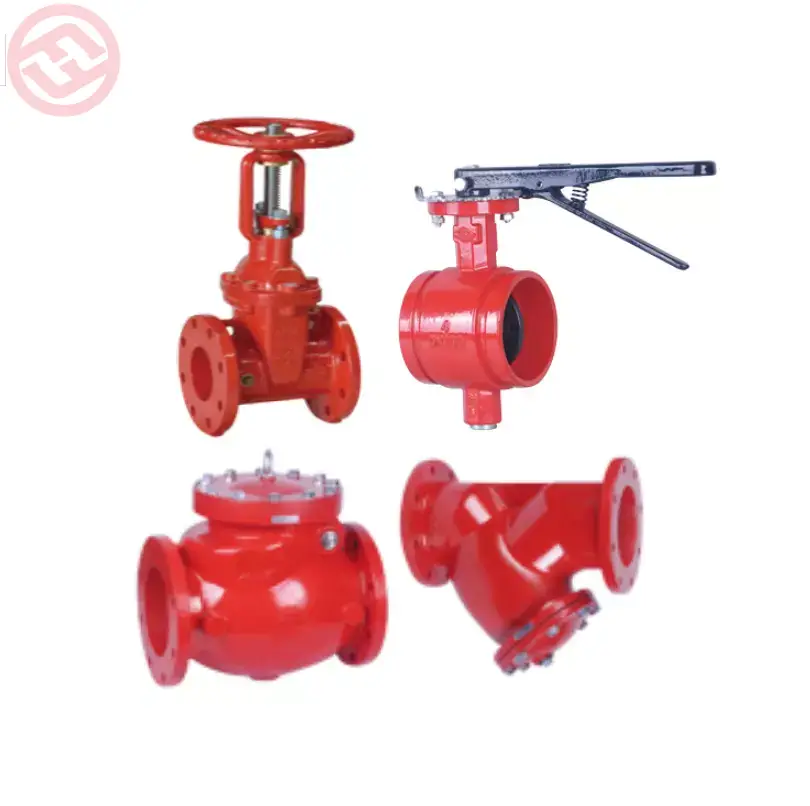Preventing corrosion on malleable iron fittings is essential to maintain the integrity and longevity of the piping system.
Here are some effective strategies to prevent corrosion:
- Proper Material Selection: Choose malleable iron fittings that are specifically designed for corrosion resistance. Some fittings are coated with protective materials such as zinc, epoxy, or galvanized coatings, which provide a barrier against corrosion.
- Galvanization: Galvanizing malleable iron fittings involves applying a layer of zinc to the surface through hot-dip galvanization or electroplating. This zinc coating acts as a sacrificial anode, corroding in place of the iron substrate, thereby protecting the fittings from corrosion. Ensure that the galvanizing process complies with industry standards for thickness and adhesion.
- Use Corrosion Inhibitors: Apply corrosion inhibitors or coatings to malleable iron fittings to protect against corrosion. These inhibitors form a protective barrier on the surface, preventing moisture and corrosive agents from reaching the underlying metal.
- Regular Inspection and Maintenance: Routinely inspect malleable iron fittings for signs of corrosion, including rust, pitting, or discoloration. Address any corrosion issues promptly by cleaning the affected area and applying appropriate coatings or inhibitors. Regular maintenance helps prevent corrosion from progressing and extends the service life of the fittings.
- Proper Installation: Ensure proper installation of malleable iron fittings, including correct alignment, tight connections, and adequate support. Improper installation can lead to stress concentrations and accelerated corrosion. Follow manufacturer recommendations and industry best practices for installation procedures.
- Avoid Contact with Corrosive Substances: Minimize exposure of malleable iron fittings to corrosive substances such as acids, chemicals, or harsh environments. Use protective barriers or coatings where necessary to prevent direct contact with corrosive materials.
- Cathodic Protection: Implement cathodic protection techniques, such as impressed current or sacrificial anodes, to protect malleable iron fittings in corrosive environments. Cathodic protection helps to control corrosion by directing electrical currents away from the fittings.
- Environmental Controls: Control environmental factors that contribute to corrosion, such as humidity, moisture, and temperature fluctuations. Implement measures to minimize exposure to moisture, such as proper insulation, ventilation, and drainage systems.
- Regular Cleaning: Clean malleable iron fittings regularly to remove dirt, debris, and corrosive contaminants that can accelerate corrosion. Use mild detergents and non-abrasive cleaning methods to avoid damaging the protective coatings or surface finish.
- Monitor Water Quality: If malleable iron fittings are used in water systems, monitor the quality of the water to detect any corrosive elements or contaminants. Treat water as needed to minimize corrosion potential and maintain water quality standards.
By implementing these preventive measures, you can effectively protect malleable iron fittings from corrosion and ensure the long-term performance of the piping system.
